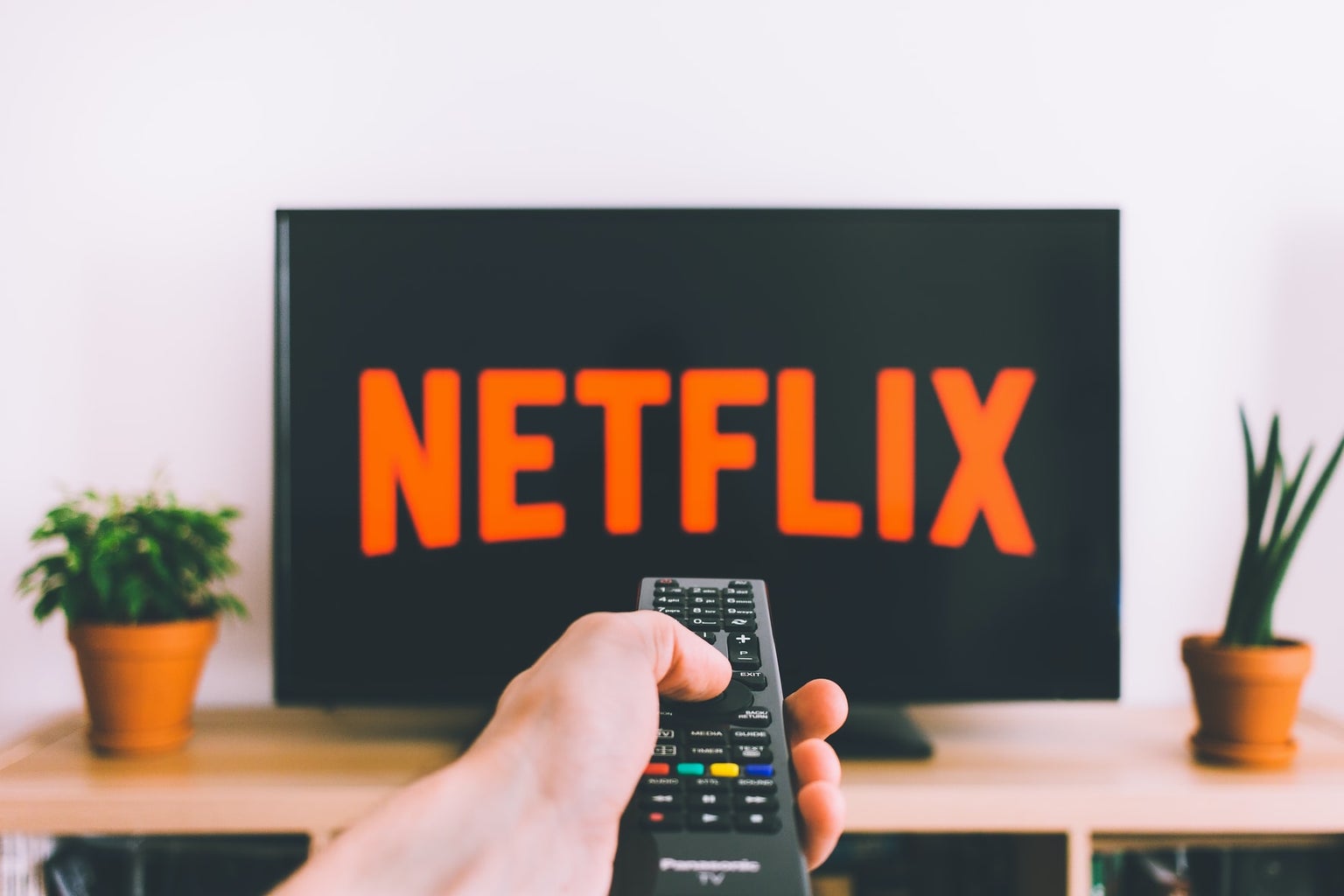There is no question that attention spans have gone down — one study shows that in 2000, the average was 12 seconds, which dropped to eight seconds by 2015. This is shorter than the attention span of a goldfish, but what exactly caused this? As you might expect, technology and content intake played a massive role.
First, books and verbal storytelling were previously the primary sources of entertainment. Both of these require a relatively lengthy amount of time and focus to understand the full scope of what the author has to say. Movies were introduced in the twentieth century, and because the first films were silent, viewers had to physically watch to understand the plot until audio came along. Later came TV shows that had lengthy commercial breaks, which is an era that I grew up in. During my pre-teen years, we saw the rise of streaming services, offering loads of movies and shows with no commercials — some shows releasing all episodes in one day. Interest in YouTube took off around the same time, with shorter videos that allowed you to hop from one to another with few ads in between. Most recently, the platform to take the world by storm is TikTok, an app where videos are under three minutes. All it takes to get to a different video is a quick scroll, almost completely removing the need to search for content like on YouTube.
I believe that Get Z has been impacted the most by this switch so far because the changes that happened in technology happened while we were growing up. Our minds were developing alongside content that became shorter and easier to access. We are the best generation at adapting to new technology, but it is also much harder to capture and keep our attention. According to this article, “Users often leave Web pages in 10–20 seconds… To gain several minutes of user attention, you must clearly communicate your value proposition within 10 seconds.” We have become accustomed to always having something new and exciting to look at. This can impact one’s performance in activities where you have to stay focused for long periods of time, like during school or work. While these effects on our generation are severe, I am more worried about those younger than us. Yes, I’m talking about “iPad Babies.”
The definition of an iPad Baby is simple: it is a term for a young child whose parent constantly gives them a tablet in order to relieve restlessness. While our generation had the benefit of content being shortened over a longer period, these children will only ever know quick and stimulating content as a way to stop boredom. A study published in JAMA Pediatrics “found an association between screen use and the development of young children’s brains, especially in areas related to language development,” describing how there is a correlation between a high level of screen time and negative impacts on brain and language development. One day, these kids will grow up and will have to face the consequences of constant screen-related stimulations, just like how we have to deal with our shortened attention spans.
None of this information is meant to scare anyone, but it is meant to remind everyone about the effects that technology has on our brains and that there are ways to combat said effects. So go, read a book for an hour or hang out with friends without looking at your phone and see if you feel a bit better afterward.
Can’t get enough of HC UMass Amherst? Be sure to follow us on Instagram, listen to us on Spotify, like us on Facebook, and read our latest Tweets!




